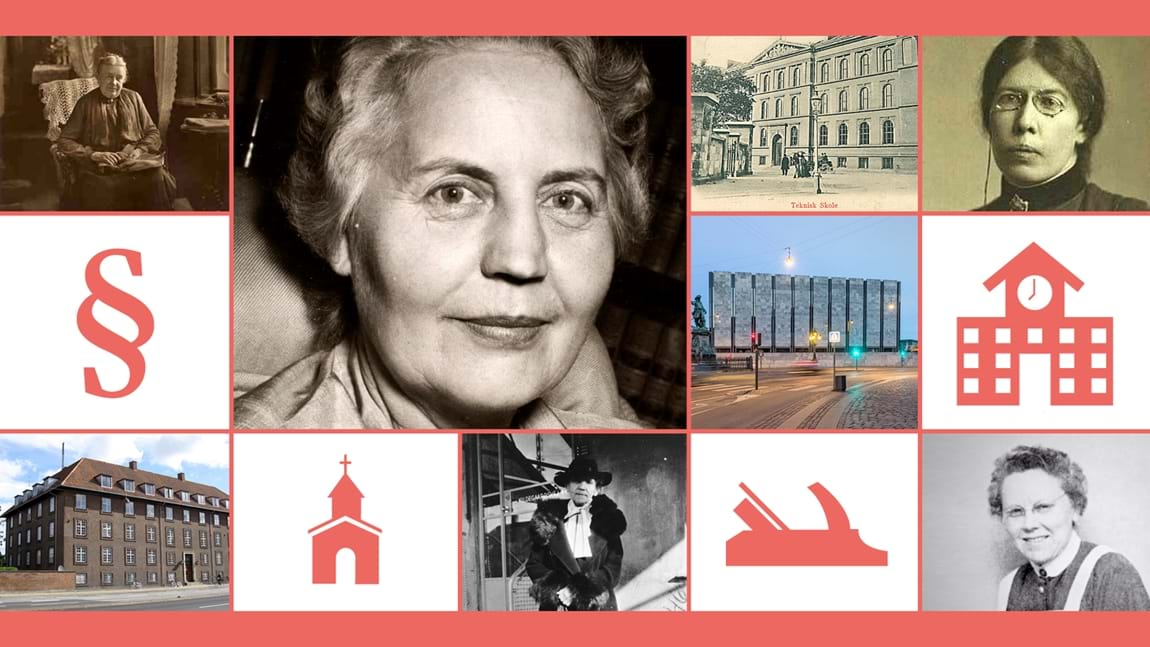The rise of Danish women in corporate leadership
It has been 161 years since the Danish Trade Act was passed, granting unmarried women the right to conduct business under the same conditions as men.
Much has happened since. Women have made their way into all areas of business – from the field of construction to finance and management.
And although the media may at times give the impression that former CEO at Tryg Stine Bosse was the first woman to assume an executive position within the Danish business community, a peek in the history books shows that several women before her have spearheaded highly significant companies both in Denmark and abroad.
For instance, have you ever heard of Ester Graff who, in addition to being the first woman to pass the Danish business schools’ HD exam in sales organisation and management, also served as director of Unilever’s so-called propaganda department in the 1920s?
Or what about Oluffa Kirstine Dahlerup, who was the director of Odense’s largest workplace, Brandt’s Clothing Factory, in the early 1900s?
Meanwhile, there are still far fewer women than men in executive management today, as a recent study conducted by the Confederation of Danish Industry shows. Yet women are steadily assuming more and more (executive) management positions.
Below, you can delve into the history of Danish women in corporate leadership and the disproportion between men and women that – unfortunately – persists in executive management.
See also: French frontrunner will inspire danish women
 1857: The Trade Act is passed, granting unmarried women the right to a trade license under the same conditions as men.
1857: The Trade Act is passed, granting unmarried women the right to a trade license under the same conditions as men.
 1872: The Danish Women’s Society founds a trade school for women.
1872: The Danish Women’s Society founds a trade school for women.
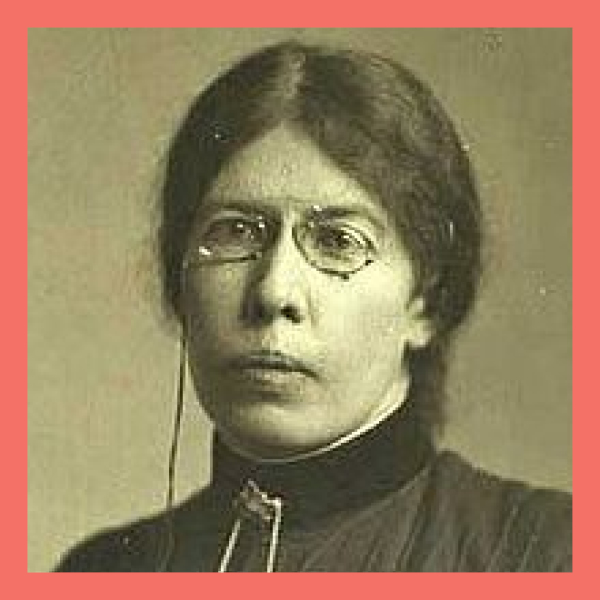 1887: Historian Anne Hude is the first woman to receive a cand. mag. degree.
1887: Historian Anne Hude is the first woman to receive a cand. mag. degree.
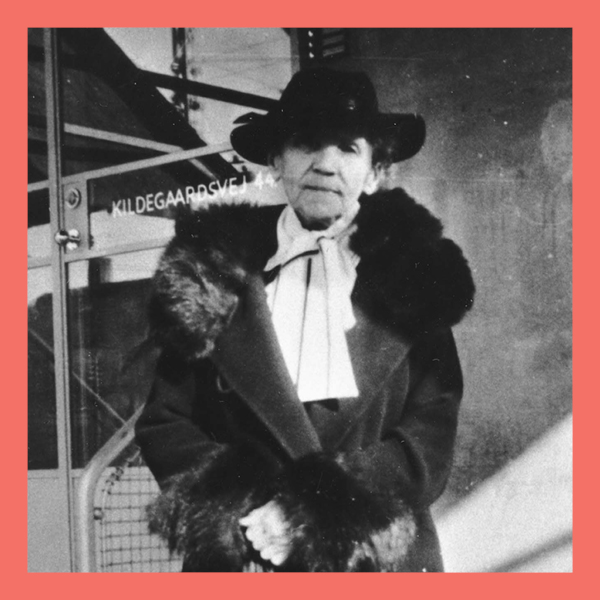 1890: Shortly before her marriage in 1890, 26-year-old Karen Volf starts her own pastry business in Hellerup. The bakery quickly becomes a success. Karen Volf A/S is today headquartered in Stege and is part of Bisca A/S.
1890: Shortly before her marriage in 1890, 26-year-old Karen Volf starts her own pastry business in Hellerup. The bakery quickly becomes a success. Karen Volf A/S is today headquartered in Stege and is part of Bisca A/S.
 1893: Sophy Christensen and Cathrine Horsbøl become the first female master carpenters.
1893: Sophy Christensen and Cathrine Horsbøl become the first female master carpenters.
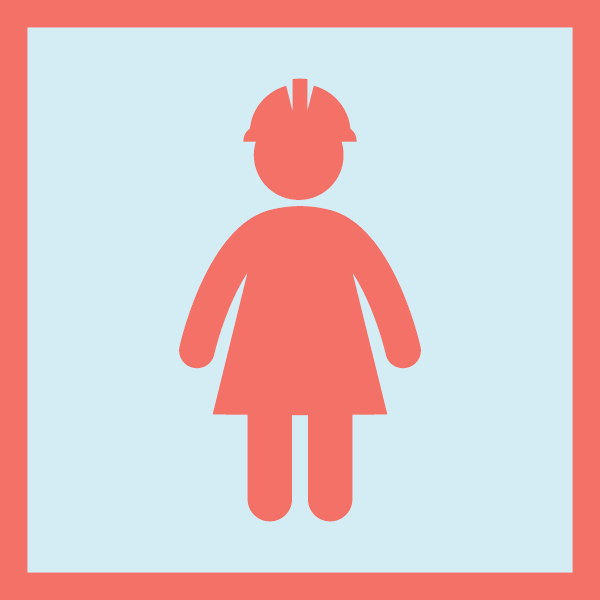 1897: Agnes Nielsen and Betzy Meyer are the first women to earns degrees in engineering.
1897: Agnes Nielsen and Betzy Meyer are the first women to earns degrees in engineering.
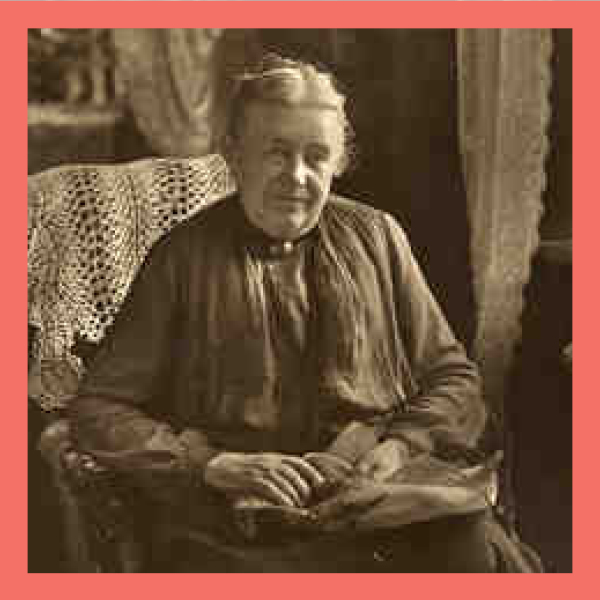 1906: Following the death of her mother, Oluffa Kirstine Dahlerup purchases the majority of shares in Brandt’s Clothing Factory, Odense’s largest company at the time, and runs the business in the following years.
1906: Following the death of her mother, Oluffa Kirstine Dahlerup purchases the majority of shares in Brandt’s Clothing Factory, Odense’s largest company at the time, and runs the business in the following years.
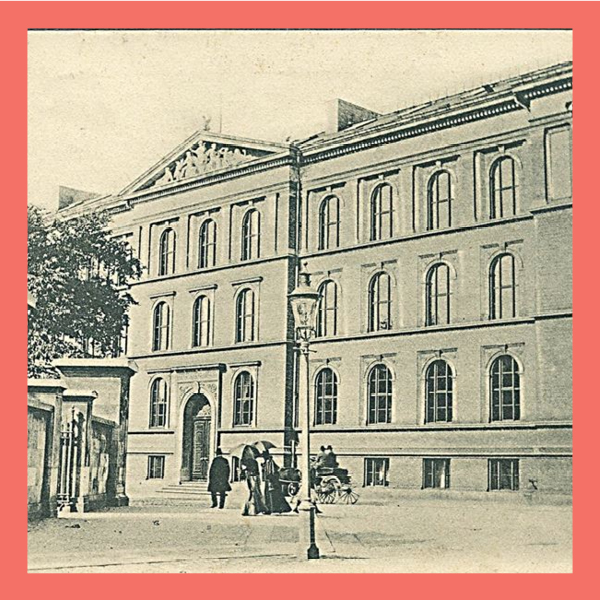 1907: Women are granted access to Copenhagen Technical College.
1907: Women are granted access to Copenhagen Technical College.
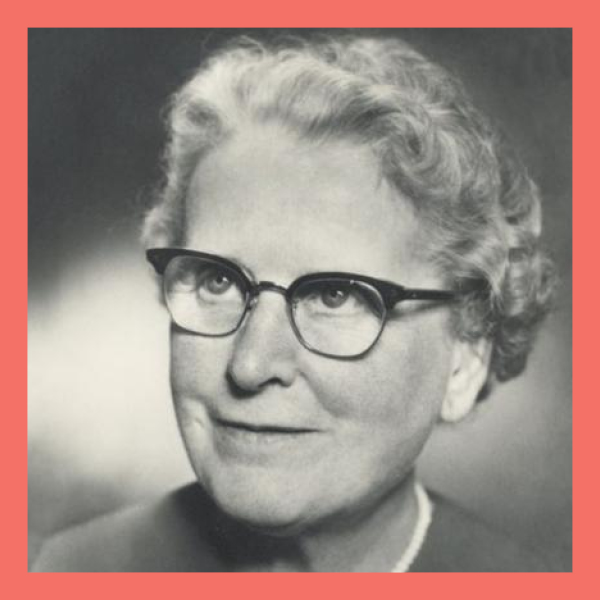 1928: Frida Schou is appointed director of Knabstrup brick and ceramic factory in 1928. For the next 40 years she runs the company following a paternalistic leadership style. Recently a number of Knabstrup’s vases were reintroduced to the Danish market.
1928: Frida Schou is appointed director of Knabstrup brick and ceramic factory in 1928. For the next 40 years she runs the company following a paternalistic leadership style. Recently a number of Knabstrup’s vases were reintroduced to the Danish market.
 1931: Married women are granted the right to keep a previously granted trade licence after marriage and are thereby able to continue to conduct business independently.
1931: Married women are granted the right to keep a previously granted trade licence after marriage and are thereby able to continue to conduct business independently.
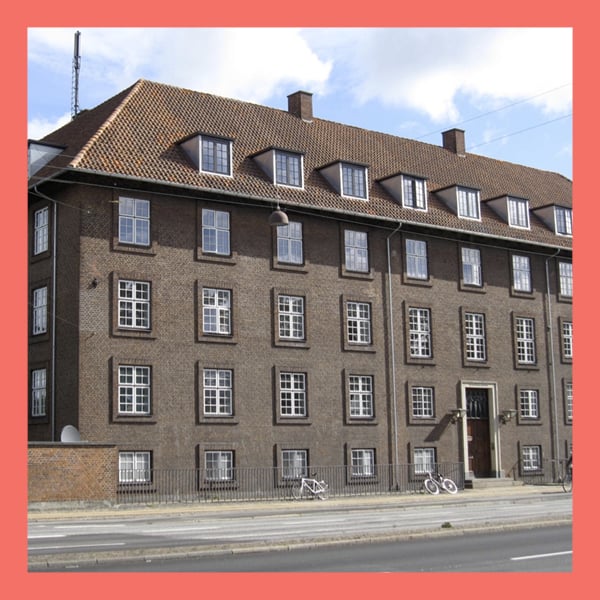 1932: The student dormitory for women Kvinderegensen is founded.
1932: The student dormitory for women Kvinderegensen is founded.
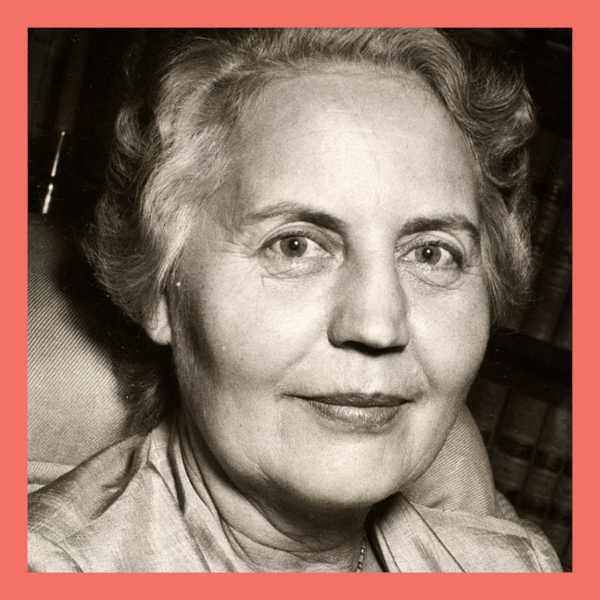 1934: Ester Graff is the first women to pass the Danish business schools’ HD exam in sales organisation and advertising. Ester Graff later becomes director of the propaganda department at the multinational group Unilever.
1934: Ester Graff is the first women to pass the Danish business schools’ HD exam in sales organisation and advertising. Ester Graff later becomes director of the propaganda department at the multinational group Unilever.
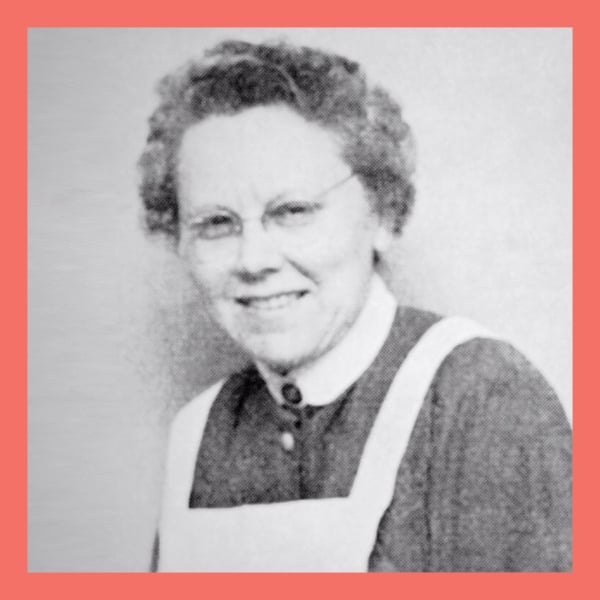 1954: Nurse Elise Sørensen invents the adhesive ostomy bag. The ostomy bag is given the name Coloplast and manufactured by Dansk Plastic Emballage.
1954: Nurse Elise Sørensen invents the adhesive ostomy bag. The ostomy bag is given the name Coloplast and manufactured by Dansk Plastic Emballage.
 1978: Legislation is passed ensuring gender equality in the labour market.
1978: Legislation is passed ensuring gender equality in the labour market.
 1995: Bodil Nyboe Andersen is appointed director of Denmark’s central bank, Nationalbanken. Economist Nina Smith is the first woman to join the Danish Economic Council.
1995: Bodil Nyboe Andersen is appointed director of Denmark’s central bank, Nationalbanken. Economist Nina Smith is the first woman to join the Danish Economic Council.
